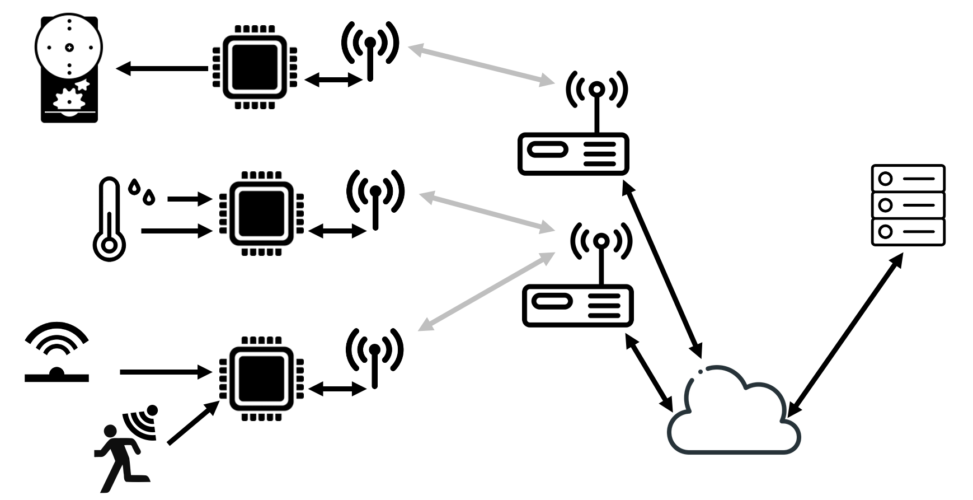Malcolm Gladwell’s book Blink focuses on our brain’s ability to unconsciously correlate sensory information with past experiences that lead to the intuitions we often use to make decisions. An example referred to in the book is the famous Getty Kouros, a Greek sculpture that different analyzes have dated to 530 BC and which was purchased by the Getty Museum for $10 million. In his book, Gladwell describes the discomfort felt by many art historians the moment they saw the statue. The reasons for the discomfort took time to identify, among them the differences in style in various parts of the work and the lack of wear and tear on the marble. A few years ago, when I visited the museum, the plaque next to the marble said: “Greek, circa 530 BC or modern forgery”.
Deciding on the basis of intuition is efficient, quick, and saves us from having to give justifications, but it has some drawbacks. Evolution has created conditions for our brain to specialize in making decisions without much conscious reflection. Our ancestors who didn’t react quickly to certain noises, glimpses, or smells probably didn’t reach reproductive age. However, the skills necessary for survival in nature can lead us to bad decisions in modern life. The 1974 paper by Daniel Kahneman and Amos Tversky initiated the study of cognitive biases and their impact on decision-making processes. For example, confirmation bias leads us to give greater relevance to information that confirms our beliefs, attribution bias makes us value a person’s contribution to an outcome at the expense of the conditions in which it occurred, and the Dunning-Kruger effect leads us to overestimate what we know about a given subject.
The way to avoid the interference of cognitive biases is to rationalize the decision-making process, that is, to analyze the different alternatives and try to estimate their probabilities of success. For this, we need to be able to characterize, in detail, the situation in which we find ourselves. Then we should look for past similar situations and analyze what happened next. For both cases, data is needed, some in real time about the current situation and historical data to try to predict the future.
In the 1990s, companies began using enterprise resource planning (ERP) systems for inventory and production management that quickly expanded into accounting, finance, and sales. This has resulted in the development of business intelligence (BI) technologies that not only analyze and present data in real-time but also make predictions for the future (predictive analytics) and suggest decision options (prescriptive analytics). These technologies had a huge boost with the development of Internet technologies, namely cloud computing, where it is easy to access data storage resources and computing power. There is, however, the difficulty that these decision support systems are critically dependent on the quality and quantity of the data on which they base their analyses. Much of this data is input by humans in an error-prone, time-consuming, and expensive process. Like our brain, a decision support system needs senses.
The name Internet of Things (IoT) was created in 1999 by a supply chain specialist in an advertising ploy to convince his superiors of the advantages of using technology to track transported objects. It was only 10 years later that the term took on the meaning of being a network of smart objects with processors, sensors, and actuators in order to exchange data with each other and with other devices connected to the Internet. This connection to cloud computing and the ability to obtain information and act on the environment is at the basis of the enormous growth of the IoT technology market. With it, we can provide decision support systems with large amounts of reliable data without human intervention.
In addition to being useful, IoT technology is surprisingly accessible thanks to the Arduino project. This project started in Italy and aimed to create a platform to facilitate the creation of low-cost electronic systems by non-engineers. It consists of an electronic circuit board with a microcontroller to which sensors and actuators can be connected together with an environment for developing programs on a personal computer. After the program is transferred to the microcontroller, it can run autonomously. As all project materials were made available in open source, there is now a huge community of users who develop and share all kinds of solutions. Whenever you hear about smart cities, agriculture, factories, or homes, it is very likely that Arduino systems are involved.
There are many introductory Arduino videos and inexpensive development kits that can be a nice gift for a daughter or son who likes to build things. My students have already used this technology to measure and predict the daily energy consumption of a home, locate mobile medical equipment in a hospital, count the number of people in a room, monitor manufacturing processes, and detect breaks in the daily routines of elderly people so that they can continue to live safely at home. All these projects use sensors that obtain information about the environment they are in without using image capture.
The ability to access large amounts of data and use them in decision-making processes is essential for the competitiveness of companies. W. Edwards Demming, the creator of the PDCA methodology for the continuous improvement of production systems, created a famous adaptation of the US motto in the following sentence: “In God we trust, all others must bring data”. Modern companies increasingly trust smart objects to collect the data on which to base their decisions.
Adapted from my article in i newspaper of July 12th, 2022

 Português
Português